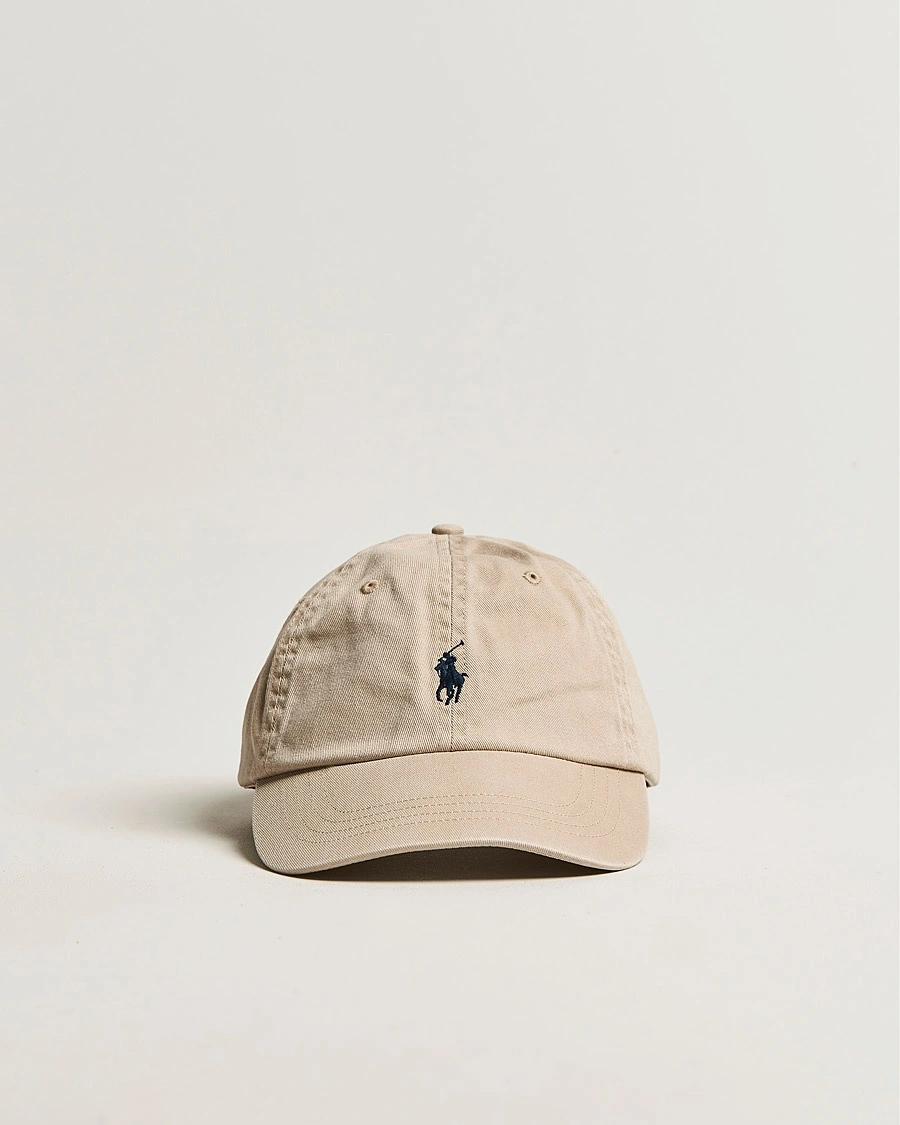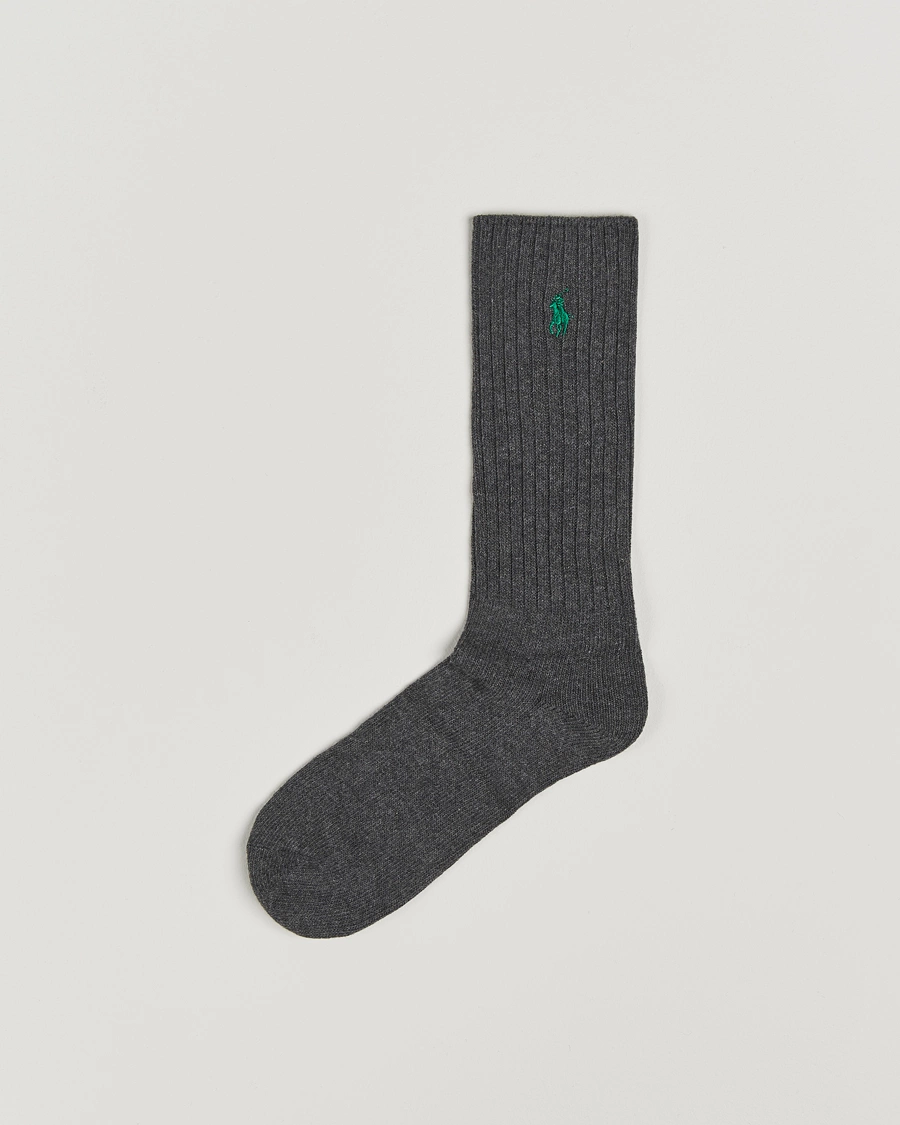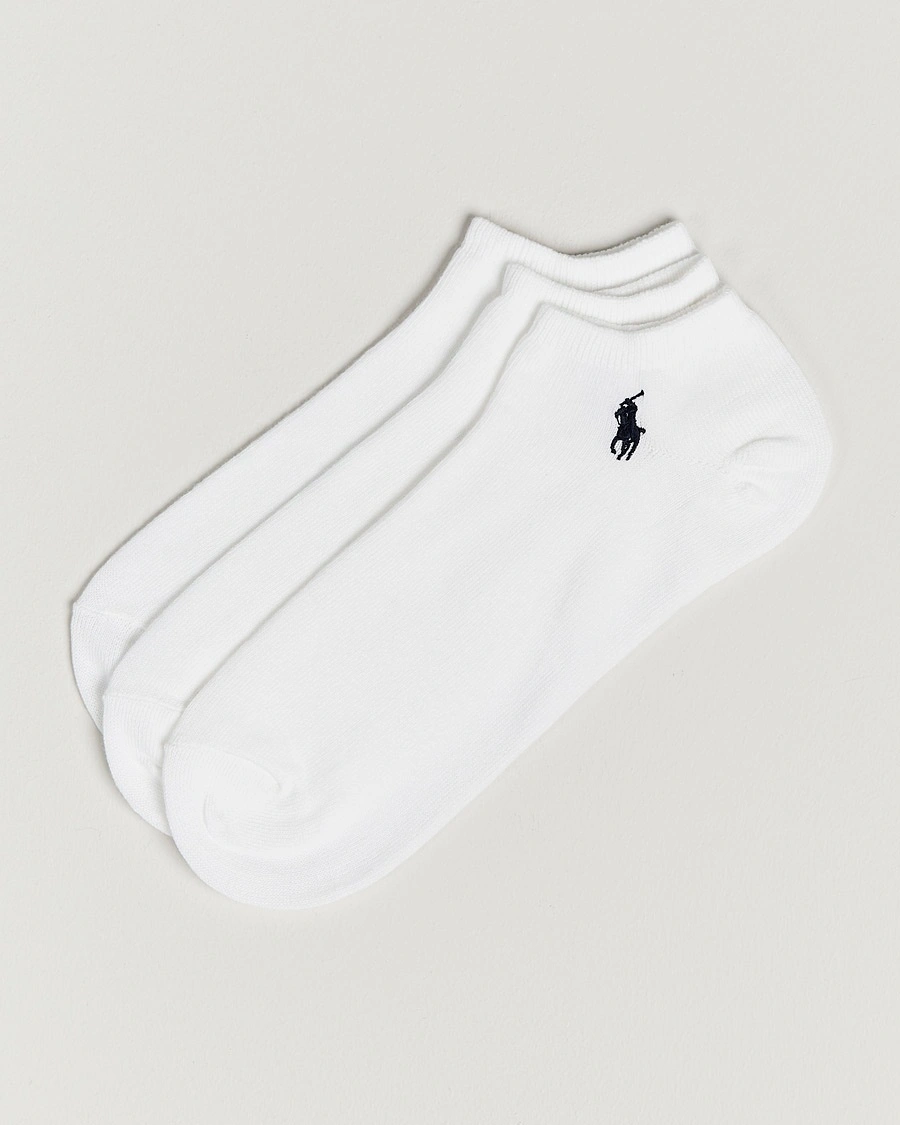


Clockwork and service
The clockwork is the heart of your watch. Mechanical and automatic clockwork are exclusive and advanced engineering marvels, and needs servicing at regular intervals, preferably at an authorised dealer. Watch manufacturers usually say every five years, but the clockwork is likely to withstand longer intervals than that without excessive wear.The service can vary in scope based on needs, but the basics include lubricating the clockwork so that they do not wear out. If parts are worn, they should be replaced. It is good to find out how much it costs to service your watch before you buy it. The cost of a service is often proportional to the watch's original value. A quartz movement watch does not need servicing in the same way, any more than the battery needs to be changed, which results in lower maintenance costs.
[SLIDER2 START]
[ARTNR='22780210']
[SLIDER2 STOPP]
Replace parts and repair: Keep original parts
Having briefly touched on the subject of replacing worn parts, we now come to an incredibly important chapter in owning a quality watch. A vintage watch's value is higher if it has been kept in original condition, with its original parts such as dials, hands, links/straps, crown and more. Every part that is replaced lowers the value of the vintage watch noticeably for collectors and most watch enthusiasts. There is little to compare with having someone paint on some new oil paint on a work of art by a famous artist, to make the painting appear newer.If for some reason you need/want to replace something during service, such as a dial or dial, make sure you get all the original parts back yourself! A dial itself can be worth thousands, especially if it features a beautiful patina, and the market for these parts is very high.
A quality watch should age and acquire a patina. Of course, it should not be broken, but a spot where the colour has worn a little and started to fade, should under no circumstances be replaced. The original part is a part of the clock's soul. A faded spot, worn dial and yellowed luminous mass in the watch's indexes are worth their weight in many ways. If the clockwork has been worn too much, broken parts must of course be replaced so that it runs flawlessly.
[SLIDER2 START]
[ARTNR='22780210']
[SLIDER2 STOPP]
Tightness and pressure testing
Ensure before you take your watch servicing, that it appears with excessive clarity that nothing other than what you yourself want to be changed or done to your watch, will be carried out. If an original crown "must" be replaced, in order for the watch to be waterproof, (there is a gasket in the crown that requires the entire crown to be replaced) then ask yourself if you swim or dive with your watch? Preferably, retain the original crown, unless you actually use your watch to dive with. Replacing gaskets and pressure testing waterproof watches is then a very important part of the service.Water and watches
[SLIDER2 START]
[ARTNR='21675210']
[SLIDER2 STOPP]
Water resistant mark
| Less than 3 bar /3 atm / 30m No water resistance, only dust protected 3 bar / 3 atm / 30m Water resistant, withstands splashes from e.g. washing up, rain or fog 5 bar / 5 atm / 50m Water resistant watch, Bathing and showering is not recommended 10 bar / 10 atm / 100m Water resistant watch, ideal for showering, bathing and diving 20 bar / 20 atm / 200m and upwards Water resistant watch that can be used for deep diving |
To ensure that the watch is waterproof, a pressure test by an authorised watchmaker at regular intervals is recommended. About once a year may be reasonable, especially if you will be using it around water a lot.
Never pull out the crown or use the push buttons under or near water. If, against the odds, you get moisture in your watch, you should take it to a watchmaker as soon as possible. Keep it on your wrist in the meantime to allow the moisture to condense on the glass to minimise the risk of damage to the clockwork.
When using the watch in salt or chlorine water, it is recommended that you rinse it in fresh water afterwards.
Do not polish your quality watch
Here comes a part in the maintenance of a quality watch that is so important that it requires its own paragraph. Suppliers and authorised dealers are obsessed by having a used watch machine polished when serviced, we would suggest not having this done. The factory polish often ruins the original finish, and sometimes makes the watch appear scratched soon after. Polishing a vintage watch lowers its value, sometimes by staggering amounts, depending on the watch itself and its condition. A watch's patina is, as mentioned above, its soul. Every scratch and abrasion is a document and part of its life history.Plexiglas and scratches
Many older quality watches have Plexiglas, often in a material called Hesalite. It scratches easily, but for the same reason can also be easily polished so that it becomes clearer. This does not lower the value of the watch, and has the advantage that you can see what the time is through the glass.[SLIDER2 START]
[ARTNR='16064110']
[ARTNR='16063910']
[SLIDER2 STOPP]
Storage: Watch winder
The clockwork of automatic watches are wound with a rotor that moves when you wear the watch. It is a very gentle way to wind up the clockwork, and wears far less on the mechanics than if the watch is wound up via the crown. If the watch remains unused for some time, the rotor will no longer wind the movement. For this, there are storage boxes that rotate your watch and wind up the movement when you are not wearing them, so-called watch winders.If you find yourself becoming the owner of a larger number of quality watches, it may be worth considering keeping some of them in a safe deposit boxes, unless you have a safe. Watch thefts, even in private homes, have unfortunately become increasingly common in recent years.




























































